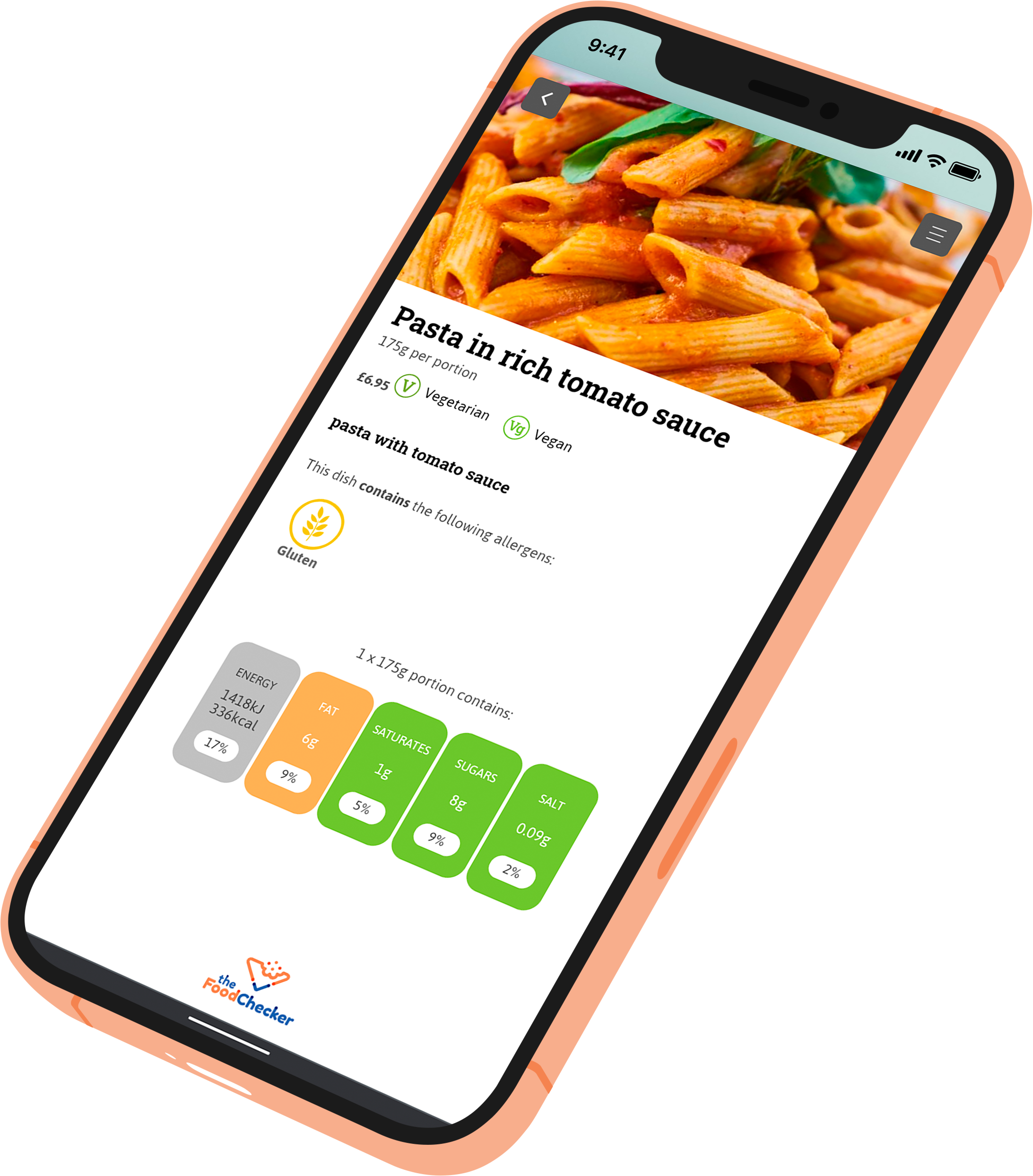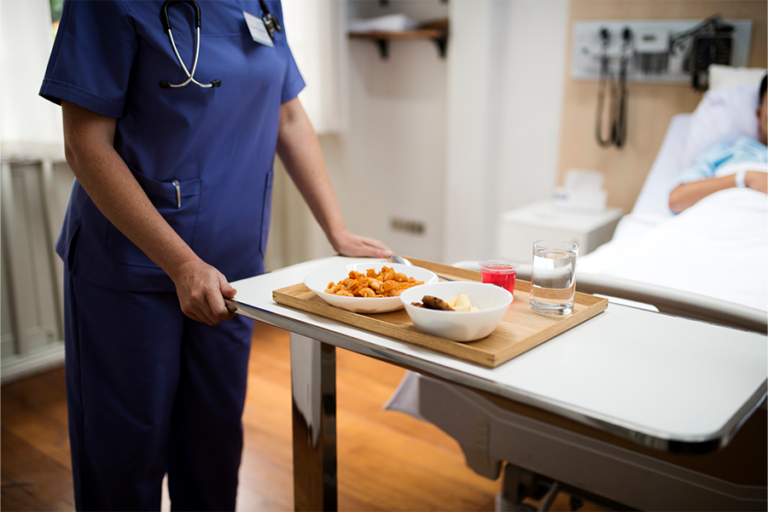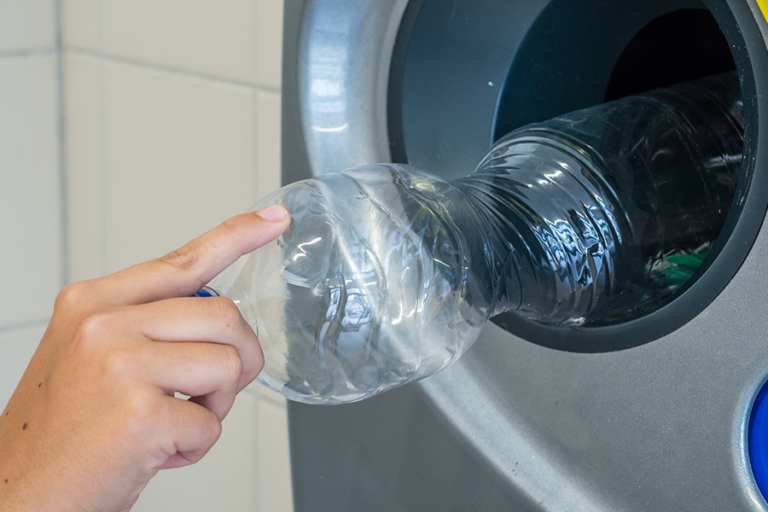About the new legislation
The Government recently confirmed that mandatory calorie labelling on menus will be introduced as part of the national approach to reducing levels of obesity and improving health.
The new legislation will be introduced in April 2022 and will require calorie information of non-prepacked food and soft drink items to be displayed and be readily available to customers.
The legislation applies to large out-of-home businesses only. Restaurants, takeaways and cafes in England with 250 or more employees will be affected. Small, independent businesses will be exempt following feedback received from the public through the government’s consultation in July 2020.
The current draft regulations also exempt the following:
- Food provided to patients in hospital or other medical establishments
- Food provided to residents or service users at a care home or other institution providing social care
- Food provided at an institution providing education to pupils below the age of 18
Calorie information will be required at the point of choice so it can be presented on printed menus, online menus, food delivery platforms or food labels.
Why is calorie labelling on menus needed?
The Covid-19 pandemic has highlighted the value of having good health. Making healthy food choices plays an important role in maintaining health and wellbeing. For this reason, the government has refocused on the need to make changes to the food environment we live in to make healthier choices easier for individuals.
Calorie labelling on menus has been introduced to give people the information needed to make an informed choice about the food they are ordering. The hope is that by making calorie information available to consumers, individuals will make better choices for their health when eating out.
The introduction of this legislation appears to be widely supported by the public with 79% of respondents to a Public Health England survey agreeing that menus should include the number of calories in food and drinks.
There were, however, concerns about the negative impact that the provision of calorie information may have on some people especially for those living with eating disorders. The legislation has been adapted to allow people the option to see the menus with calories or to request menus without this information. The provision in the legislation should help those who find seeing calorie information detrimental to their health.
How will the number of calories be calculated?
Businesses will be required to calculate calorie content per portion of food or drink item sold rather per 100g as is required on nutrition labels for pre-packed food. This will make it clear to the consumer what a standard portion is.
A standard portion will vary depending on the serving method used.
Some examples include:
- Restaurant-type food – the whole item e.g., the full meal
- Buffet-style food – per scoop or per unit e.g., rasher of bacon.
- Build-your-own food – will require calories to be displayed for the base product with separate calorie information to be made available for each optional addition.
Technical guidance setting out how calorie information is to be calculated and displayed across a range of serving methods will be published to support businesses in due course.
How will the policy be enforced?
According to a recent Department of Health and Social Care (DHSC) report compliance will be assessed by local authorities. Local enforcement officers will check for:
- the presence of calorie labels on food and drink items that are in scope of the policy
- whether calorie labels are displayed as per the requirements under the law
- the method businesses have used to calculate calorie content and whether that method is appropriate
- whether calorie labels are appropriately displayed on any online presence that the business may have, including 3rd party delivery platforms
Food businesses will be penalised up to £2,500 for non-compliance. Further guidance on penalties and how they will be used will be issued by local authorities in the coming months.
When will more guidance be available?
More guidance about how businesses will provide calorie information will be issued by the newly announced5 Office for Health Promotion which will be established in the Autumn later this year.
Help from Pelican – we have solutions in place
Pelican has developed several solutions to help you.
Menu management is part of the Pelican Pi software suite – in a module named Piranha. This provides menu engineering for caterers and chefs and allows the gathering of key ingredient information including allergen and nutrition information. The system allows the downloading of this key nutrition and allergen information to share with customers, if required.
Our Food Checker is a web portal designed to provide consumers with information about calories, nutrition and allergens – perfect for those who need to check if the food or dish they are about to select will suit them.
For further help and advice, please email hello@pelicanprocurement.co.uk
References
Gov.uk (2021) Calorie labelling on menus to be introduced in cafes, restaurants and takeaways [12/05/21]
DHSC (2020) Mandating calorie labelling in the out-of-home sector Government response to public consultation
The Calorie Labelling (Out of Home Sector) (England) Regulations 2021
DHSC (2021) Mandating calorie labelling in the out-of-home sector: consultation response on policy enforcement
Gov.uk (2021) New Office for Health Promotion to drive improvement of nation’s health









